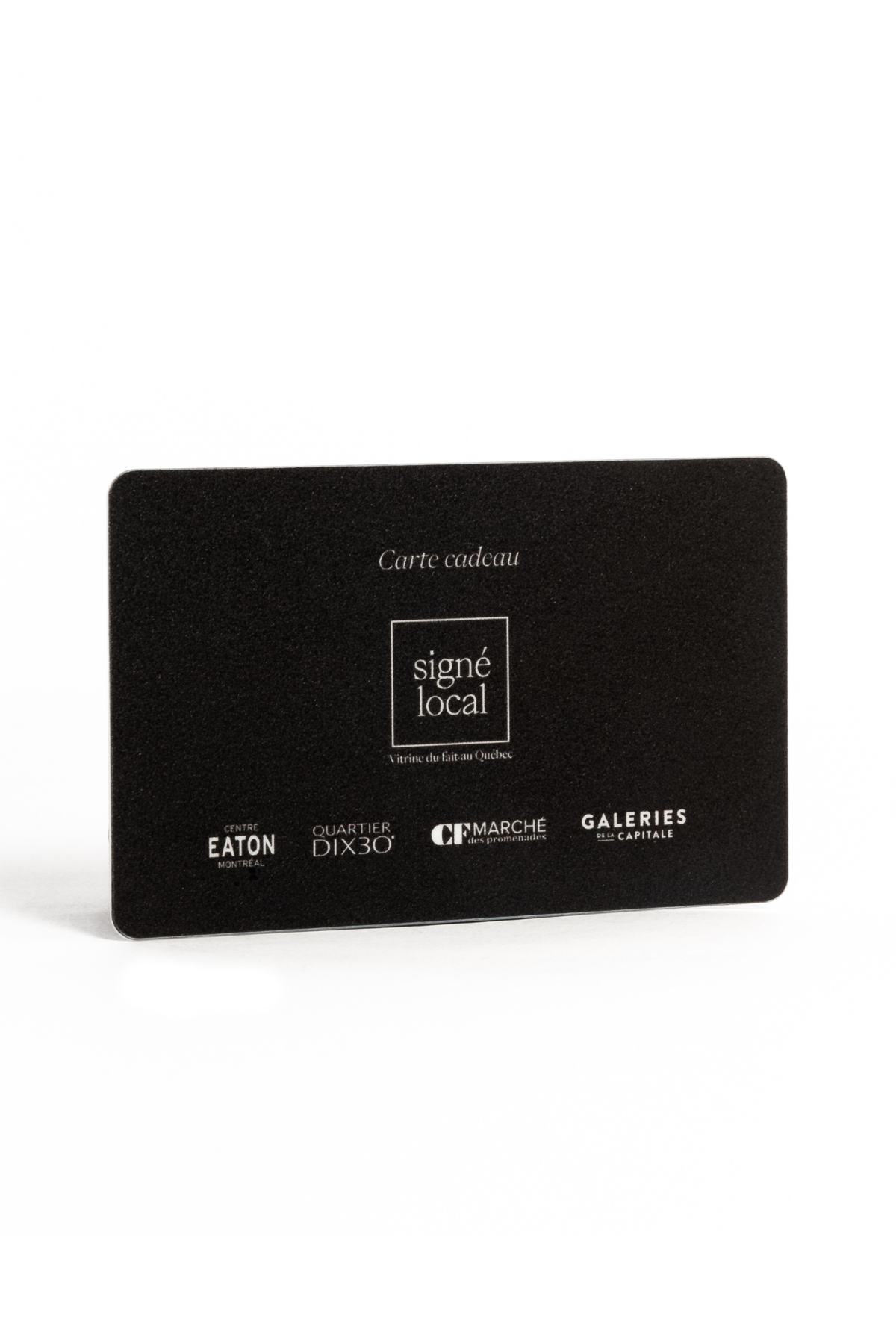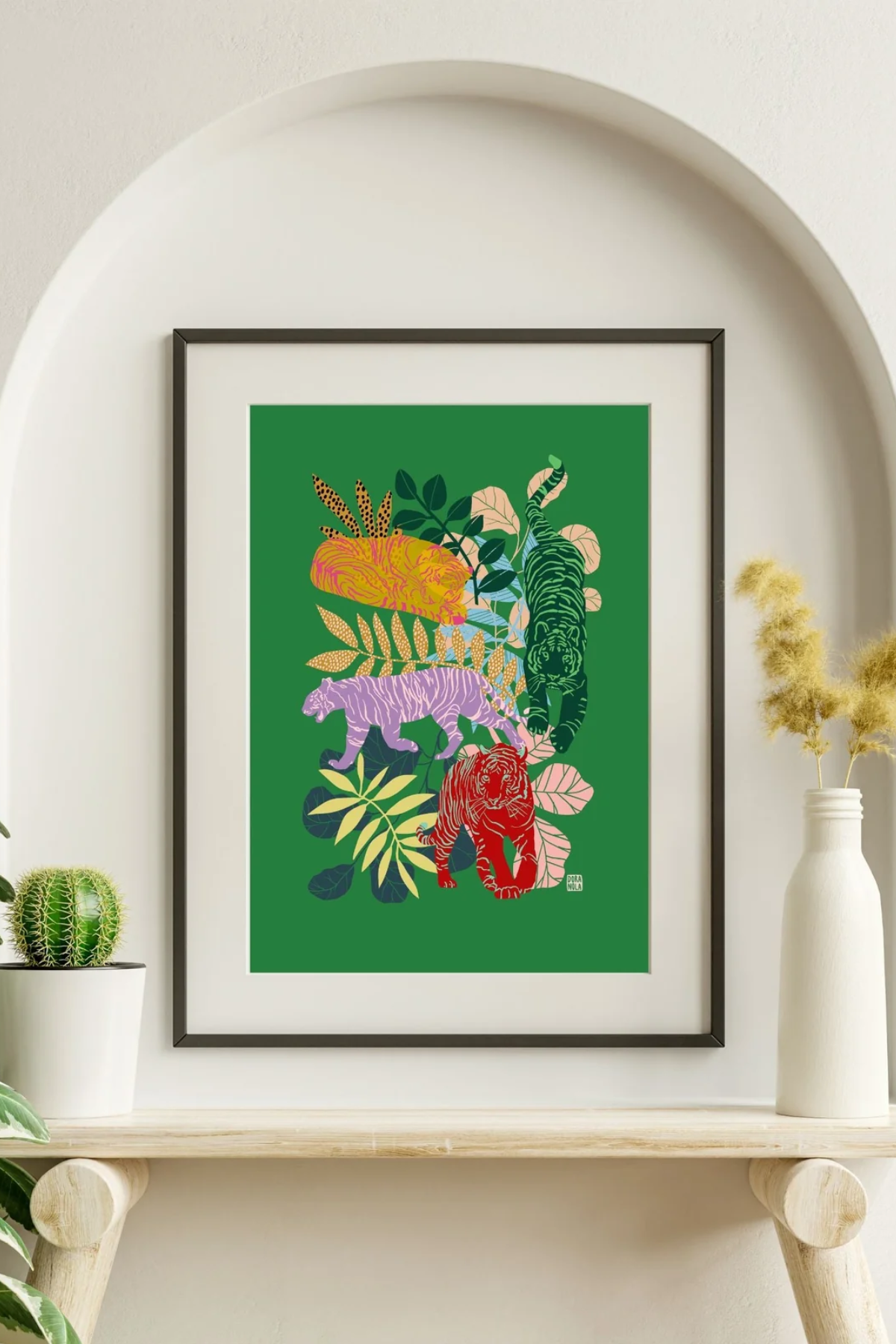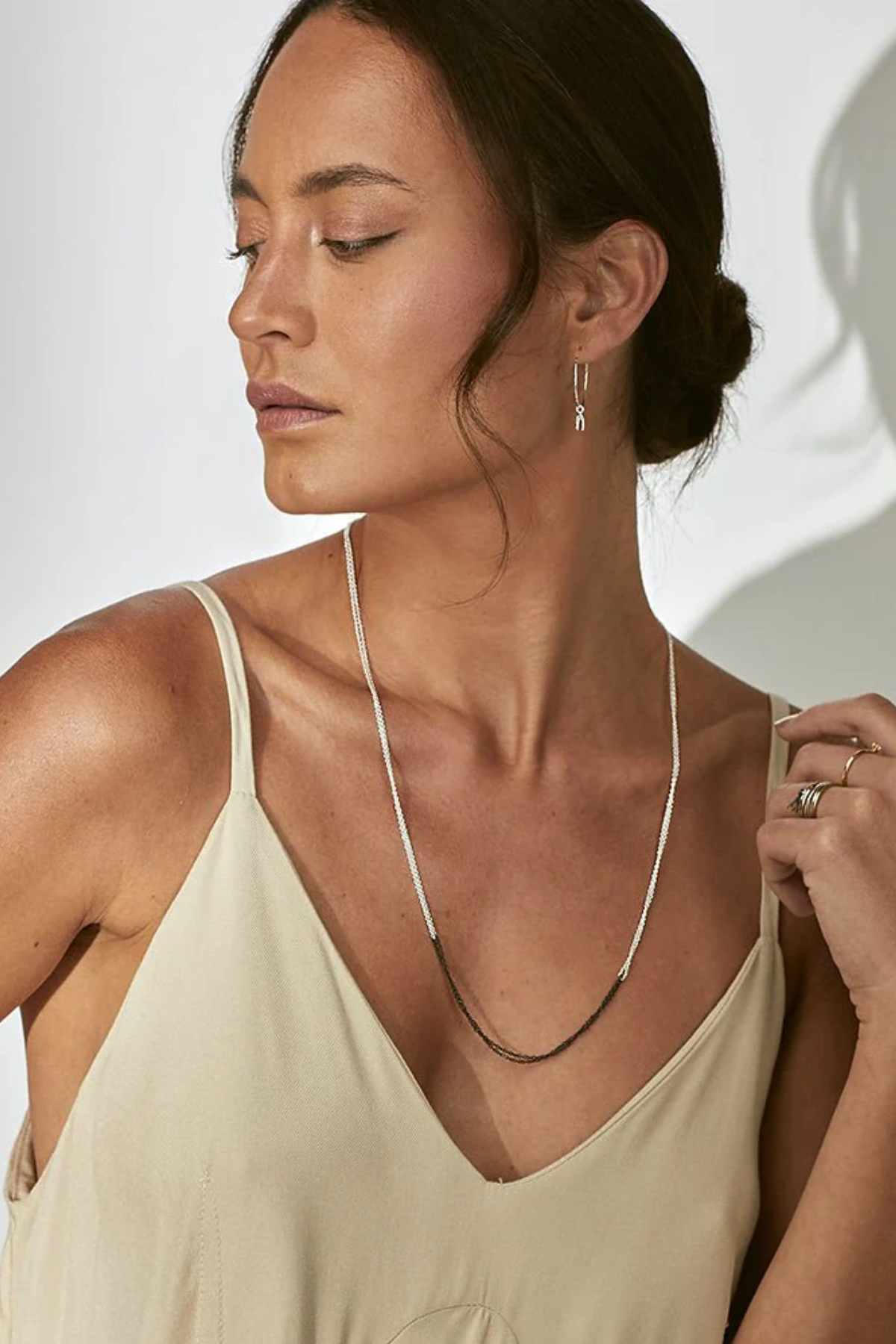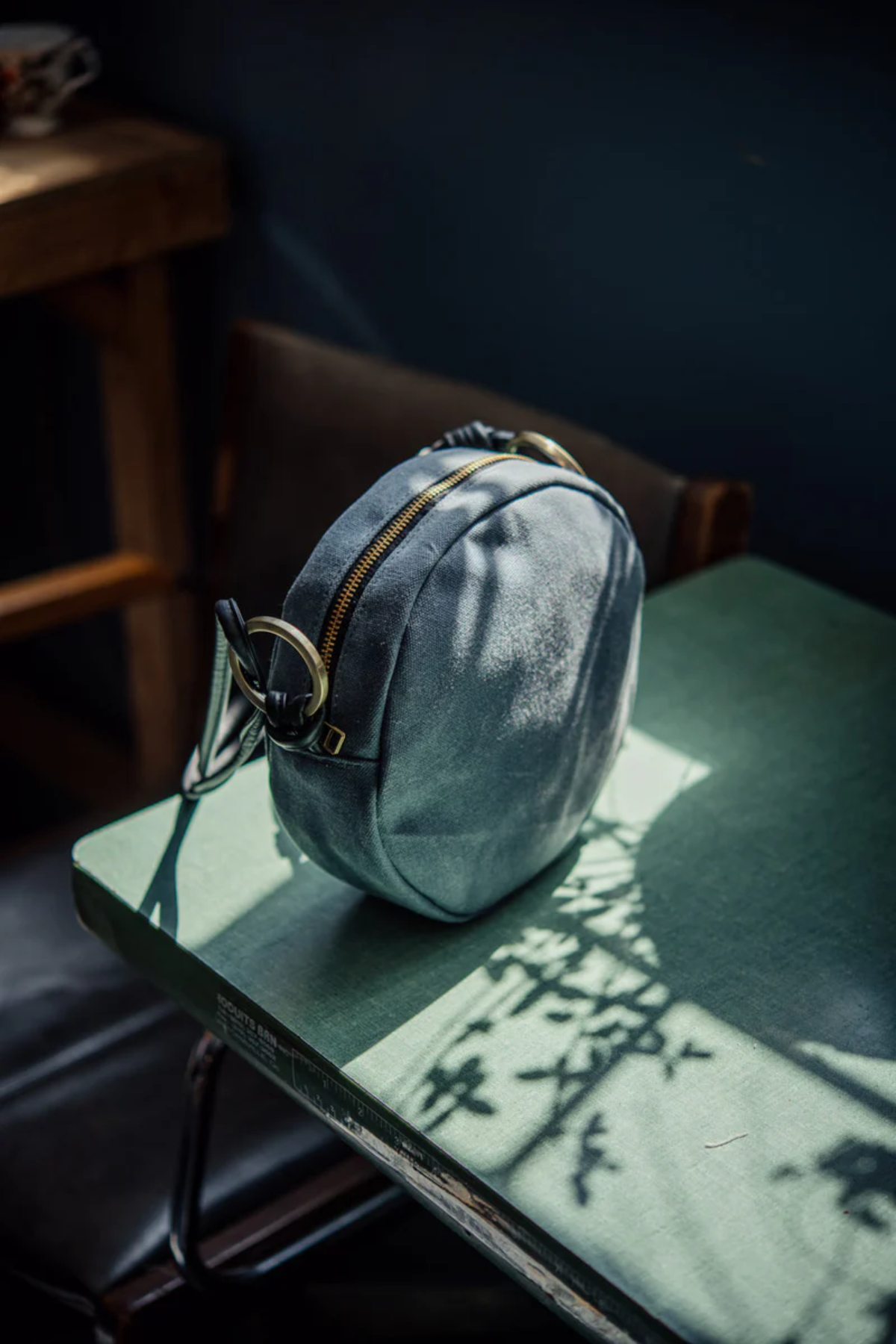Shopping has become more of a chore than a pleasure. The hours spent foraging through the shelves in search of even a single piece to put on their backs are incalculable, but mostly fruitless.
The clothes fall oddly when put on, too big on one side, but too small on the other. The problem is simple: the middle of the garment follows the fashions which follow one another (or return) at a phenomenal speed, but not the bodies and the morphologies which evolve slowly over time.
Basic principle: the variety of the human body
It is a recognized and well-documented fact that human morphology is highly variable, not only on a global scale, but even on a greatly reduced population scale. Demand is strong for clothing more suited to today's population, but the supply is not there. The only possible outcome in this situation: a shortage.
Whether on the side of plus sizes, clothes for small sizes or for those who are tall, quantity, but especially quality, is lacking. In recent years, shopping has become a chore (in my case!). It takes hours and hours to wander along the displays to finally find three or four pieces that are halfway.
In addition, having an unusual silhouette is more expensive. The discount sections are inaccessible to this clientele, who therefore have to pay full price if not a higher price because the only brand that works is, coincidentally, the most expensive. Shopping becomes a dull and uninteresting activity for these women who do nothing and whose initial pleasure is only a distant memory.

Katrie Legendre specializes in plus size women's clothing. A real nice affordable offer and not dull at all!
Unsuitable offer from the fashion world
It is well known that the fashion industry advocates unattainable body beauty standards. This conception, not idealized but well soiled with beauty, is everywhere. We are bombarded from morning to night with advertisements that show men and women with dreamlike physique who succeed in everything. If only that!
But no, the fashion industry pushes its unhealthy little game even further; she bases her clothes on these same ideals of beauty that she boasts wrongly and through. The result is simple; clothes rarely fit and women see their bodies as deformed while it is fashion that disguises their perceptions by designing clothes disconnected from reality.
Faced with this reality, these women have no choice but to turn to stores that offer "acceptable" clothing. Result: the woman does not feel beautiful while wearing them. We leave to those who cannot wear what is on the page the clothes of “aunts” which date back three generations. There is progress, especially in plus sizes, but it's still not enough. Supply does not match demand.
And this situation is a major problem that causes, in some cases, lower self-esteem and a certain discomfort with regard to one's body or the fact of shopping.
Outdated measurement system: false solutions
One of the major problems in the fashion world in Canada is our measurement system. Totally out of touch with our times, it offers no useful guidance to businesses trading in Canada. Indeed, the standards of the female body proposed by the Canadian General Standards Board date from 1941. In addition to dating, these measurements do not come from Canadian women, but from United States women.
As for the context in which these measurements were taken, several assumptions can be made regarding their inequity with the current context. Just take the date. 1941; we are in the middle of the Second World War. The whole world is recovering from the pain and misery of the worst economic crisis in its history thanks to the war economy. At the same time, the American government decided to try to standardize fashion. How does it go about it? He takes a sample of 15,000 volunteer women to take 59 measurements of the female body. The key word in this sentence is voluntary. For the services of women, remuneration is offered. By deduction, one can think that the women who volunteered were in need of money and therefore perhaps malnourished. The sampling method employed is non-probability or non-random, which makes trends from the sample usually not generalizable to a population.
This source of bias then makes all the measurements taken in the past ineffective, and not only today, since it can be assumed that in times of prosperity these measurements were no longer really suitable either. In addition, only so-called Caucasian women were selected for the survey (Paquette, 2017).

Credit: Igor Ovsyannykov
Companies, in an impasse, do not know what to do. The system they are being offered is not suitable for production. They then all think of the same solution, but each on their own: creating their own measurement system. Each company therefore chooses a woman as its model and declines all the sizes of these clothes from her measurements. We are then left with an incalculable number of different measures, varying from one channel to another.
However, a glimmer of hope is on the horizon. A large project across Canada is currently underway: Size NorthAmerica. The name says it, their goal is to take the measurements of women, men and children to create scales of measurements representative of today's society. (Size NorthAmerica, nd, paras. 1 to 6) It remains to be seen, however, whether companies will subsequently use its standards, because we know that the measurement system, which differs from store to store, then creates a phenomenon of loyalty between the customer and the shop when she finds, after hours of research, an item of clothing that suits her.
Impact of globalization
Globalization, a phenomenon that expanded further in the 1990s with the arrival of the Internet, led the fashion industry, like many other areas of production of goods and services, to expand the space occupied by their enterprise, that is to say, to extend the division of labor on a planetary scale and to disperse their capital almost everywhere on Earth.
But who says globalization also says standardization of the goods produced to increase productivity and manage to produce more at a lower cost. However, remember that culture and ethnic origin influence the morphology of the human body. Consequently, the parts resulting from the global standardization carried out by companies are not adapted to the different morphologies of the various clienteles of the world. Not only are the sizes not adapted from one country to another according to the morphology of the population living there, but the size identification system is sometimes not even adapted. Shopping then becomes a veritable maze of various sizes, variable and inconstant.
By wanting to standardize fashion at all costs, we have lost all ability to adapt to the shapes of the clientele.

Bunny and Claude creations combine the enhancement of the body and its curves with the pleasure of wearing a light, soft and comfortable garment like a second skin.
Final report
The clothing industry, although it manages to follow the trends that follow one another at high speed, is incapable of adapting to the bodies of the individuals it dresses, despite an extremely slow evolution compared to that of clothing trends.
Certainly, there has been progress in recent years, but it is too little too late. The industry must question itself at all levels. A clothing revolution must take place so that the customer can finally dress properly.
Fashion must choose the objective it will set itself: persist in promoting unattainable standards or adapt its standards to its clientele.

Reviewed by Catherine
Cover: Katrie Legendre





































Leave a comment
This site is protected by hCaptcha and the hCaptcha Privacy Policy and Terms of Service apply.